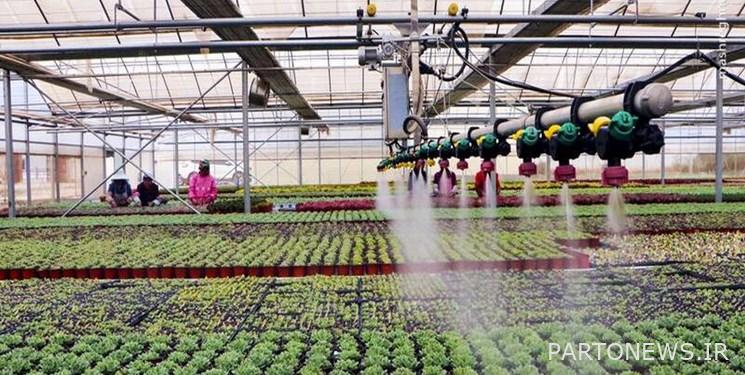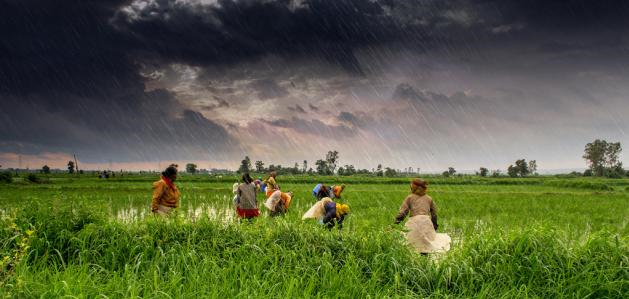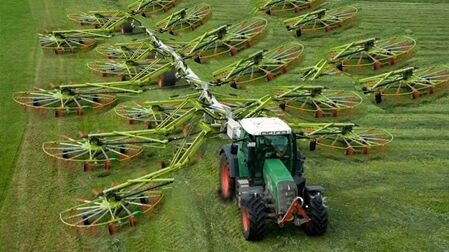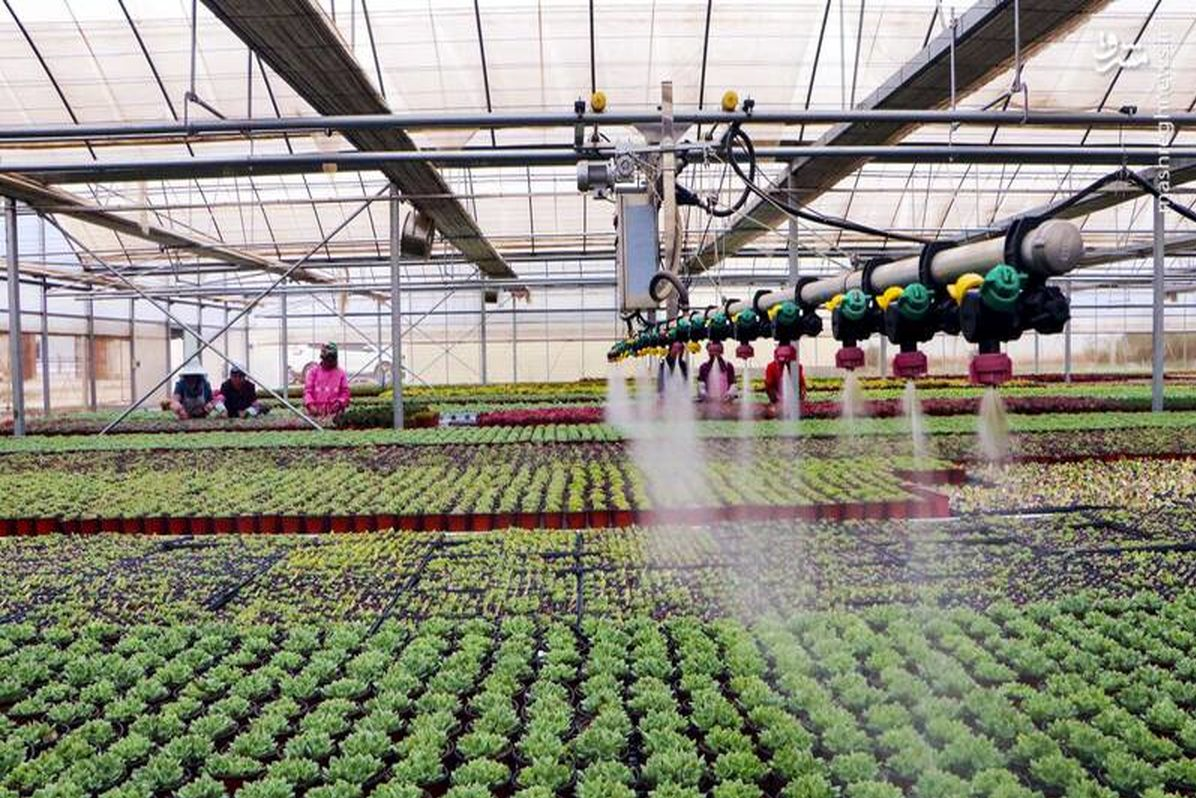The details of the cultivation pattern were announced/why this plan was not implemented in the last 50 years

According to the economic correspondent of Fars news agency, agriculture is the backbone and basic infrastructure of all dynamic economies in the world with different degrees of development.
The agricultural sector is the source of providing food security, livelihood security of the rural community and in general a way of life that preserves the customs, traditions and cultural past of the countries. The prosperity of the agricultural sector significantly contributes to the progress of the country’s economy and strengthens it.
The agricultural sector in Iran, with 4.4 million direct beneficiaries and production of about 120 million tons in 1400, provides the majority of the country’s food needs, for this reason, the implementation of the cultivation model is considered one of the most important topics in agricultural planning.
* Cultivation pattern of agricultural production road map in the future
The proper cultivation pattern, which is the road map for the production of future agricultural products, should be a suitable and feasible result of the correct integration of all the capacities, limitations and needs of each region, while at the same time taking into account the national food needs.
The national cultivation model can be defined as “compilation and implementation of the system of cultivation of agricultural products (agricultural and horticultural) based on climatic conditions, optimal use of water, soil and plants according to the capacities and economic advantage of the country by observing all scientific, technical and management issues. and environmental considerations in order to achieve sustainable food security and food sovereignty.

* The reason for not implementing the cultivation model in the last 50 years
Determining the optimal cultivation pattern has been emphasized in many laws since the fifties, but it has not been fully implemented due to many reasons. In examining the reasons for not carrying out the cultivation pattern in addition to economic, social and contradictory policy issues at different times, It is possible to point out the lack of provision of executive guarantee in the approved solutions and laws and regulations as the most important factor. which caused the model of cultivation to have only a technical recommendation aspect and was not implemented due to the lack of executive leverage by the farmers.
In the 13th government and according to the budget law of the year 1401 of the whole country, approved by the public meeting of March 25, 1400 of the Islamic Council, and based on paragraph (b) of note 8 of this law, the Ministry of Jihad Agriculture is obliged to notify the cultivation pattern of the country this year.
In this regard, using the experiences of the past years to formulate and communicate the annual crop and horticultural crops cultivation plan, the Agricultural Research, Education and Promotion Organization in cooperation with other specialized and executive vice-chairs of the Ministry of Agricultural Jihad, regarding the formulation of the model plan for agricultural crop cultivation, he did.

* Cultivation model details/factors affecting implementation
Mohammad Ghorbani, Deputy Minister of Economic Affairs of the Ministry of Agricultural Jihad, announced the details of this plan as follows: The factors affecting the cultivation pattern of agricultural and garden crops are natural, environmental, economic, social factors and resources, and government policies.
He added: The target area of this plan is cultivated and garden fallow land in 32 provinces of the country, which forms 26 agricultural regions based on the Agricultural Climate Map of Iran (ACZ). The national cultivation model is designed based on the framework of information integration and processing in a multi-objective mathematical planning. In this framework, land suitability information is obtained, compliance with plant information data as well as with water requirement information obtained from the plant water requirement system, and then through multi-objective modeling and based on the approaches and characteristics of each region, the suggested cultivation pattern for implementation. It was designed in the agricultural year of 1402-1401 based on the country’s macro policies and strategies and under natural conditions.

* Approaches and characteristics of this cultivation pattern
Ghorbina described the approaches of the cultivation pattern as reducing the water consumption in the agricultural sector according to the programmable water and the defined upstream documents.
He added: In addition to maintaining and improving production with the current and future consumption pattern, increasing the penetration rate of knowledge by improving yield per hectare, improving the efficiency of using inputs including water, increasing the rate of self-reliance on manufactured products, maintaining and improving the indicators of Economic and commercial, including the income of farmers
Saving foreign exchange, developing cultivation in low-yielding rainfed fields, changing the area under vegetable and summer cultivation from open space to controlled environments including greenhouses, meeting the country’s need for fodder plants with the introduction of new and low-water fodder into the development model. Cultivation of oilseeds is another feature of this pattern.
Based on what the agricultural officials say: In the presented cultivation model program, the role of different provinces in the production of different product groups has been specified and the necessary planning for its implementation will be done. Also, the cultivation model program of each province will be compiled and communicated separately.
17 provinces of the country, which have special agricultural capacities, account for more than 80% of the country’s production. Therefore, special attention will be paid to these provinces in the upcoming program in terms of implementing the cultivation model. The country’s 15 major agricultural products constitute 89% of the country’s total cultivated area in the upcoming model, and the focus of programs and policies will be on these products.
Also, the technical recommendations for the desired products with the aim of increasing the penetration rate of knowledge and performance in the level unit have been compiled by the relevant specialized research institutes and attached to the implementation plan. These recommendations will be transferred to the relevant operators by the Ministry of Education and Promotion and will be monitored until the results are achieved.
The successful implementation of the cultivation model requires legal, technical and executive requirements, and the realization of the goals depends on these requirements. Also, it requires the serious support of all elements of the system and the cooperation of other ministries and related institutions, including the Ministry of Interior, the Ministry of Energy, the Ministry of Economy and Property, the Ministry of Security, the Environment Organization, the Central Bank of the Islamic Republic of Iran, the Planning and Budget Organization, and the Ministry of Oil. , and non-governmental organizations and the private sector.
The implementation of the cultivation model requires an executive guarantee that the farmer will make sure that he will not lose for the shipping program he receives from the ministry, because he abandoned his desired crop and is going to proceed according to the ministry’s plan, the government has placed incentives in this Give context and raise purchase prices, but due to the beginning of the new crop season, these should be raised earlier and more clearly.
end of message/
You can edit this article
Suggest this article for the first page

